Vaccination rate is 6 times higher in Indigenous communities than in general population
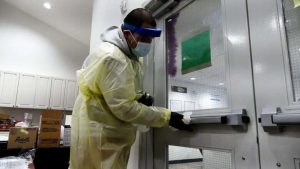
Indigenous Services Minister Marc Miller says the nationwide push to prioritize First Nations, Métis and Inuit communities for the COVID-19 vaccine is starting to bear fruit, and that vaccination rates in those communities are now significantly higher than those reported elsewhere.
Liberals introduce bill to implement UN Indigenous rights declaration
According to the latest data, more than 83,000 doses have been administered so far in more than 400 Indigenous communities.
Twenty-five per cent of adults in these communities have received at least one shot — a rate six times higher than the one for the general population.
Miller said he expects most Indigenous adults to be vaccinated before the rest of the population — a goal, he added, that is rooted in science.
“It’s what we want,” Miller said, adding the territories and B.C. are on track to vaccinate 75 per cent of Indigenous adults by the end of March. The rest of the country isn’t expected to reach that milestone until sometime this summer.
Other provinces, notably Ontario, have also released vaccination schedules that prioritize Indigenous peoples in the next phase of the inoculation campaign, which is expected to being next month as vaccine supplies start to stabilize.
“We continue to see progress that brings us hope,” Miller said, adding that the Indigenous vaccination campaign is being complicated by “huge logistical challenges” in isolated parts of the country. “The end of the tunnel is there but there’s still a whole chunk of tunnel left.”
There’s an urgent need to vaccinate Indigenous communities quickly because fast-spreading new variants of COVID-19 could be particularly deadly in communities where the housing stock is poor and multi-generational living is common, the minister said.
Miller said the federal government is working with local leaders to create more isolation space to keep positive cases apart.
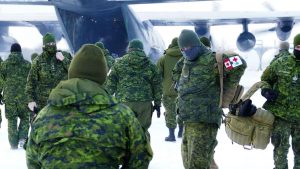
Provincial and territorial governments have been directing doses to northern and remote communities and urban Indigenous populations in an effort to protect a group that the National Advisory Committee on Immunization (NACI) has identified as particularly vulnerable to COVID-19.
NACI has said that shots in the early phases of the vaccine rollout should be directed at long-term care home residents and the staff caring for them — but also at Indigenous adults because they face an elevated risk of death and “societal disruption” from COVID-19.
Urban Indigenous population especially vulnerable: NACI
While the initial batch of shots has been largely administered in First Nations, Métis and Inuit communities, NACI said there should now be a greater push to cover urban Indigenous individuals who may be even more vulnerable. NACI said early data suggest off-reserve First Nations members are more likely to be hospitalized and die than those living on reserves.
Miller has pointed to data from the U.S. Centers for Disease Control (CDC) that show Native Americans are 3.5 to 5 times more likely to develop severe health complications from COVID-19.
“The science is saying priority needs to be given to Indigenous communities,” he said, noting that many people face substandard living conditions that make them more susceptible to infection.
While Indigenous communities performed well during the first phase of the pandemic, with lower incidents of COVID-19 cases, the second phase has been more challenging.
“Attack rates and mortality rates in First Nations communities are now higher when compared to the overall Canadian population,” NACI wrote in its latest update, published Sunday.
Indigenous individuals are also more likely to have underlying health conditions that could make a bout of COVID-19 more deadly.
“The proportion of Canadians who identify as Indigenous and have at least one underlying medical condition associated with an increased risk of severe COVID-19 is higher compared to other Canadians for every age category above 20 years of age,” NACI wrote.
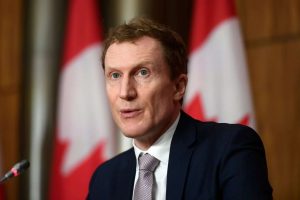
Miller urged provincial leaders to stay the course with Indigenous vaccination plans, even if political pressure mounts from other constituents to redirect the doses elsewhere.
“The apprehension with who gets what first is fuelled by concerns about volume and timing. You can see scenarios where people say, ‘How come not me?’ and that gets further fuelled by the worst platforms out there — social media tending to be one of them,” Miller said.
Canadians should have an “immense amount of pride” in the fact that vulnerable groups are at the front of the line because it affirms the country’s commitment to equity in health care, Miller said.
Dr. Tom Wong, chief medical officer at Indigenous Services Canada, said it’s too early to tell if the ambitious vaccine campaign has reduced rates of infection.
He said the number of people who have been fully vaccinated with a two-dose regime is still quite low — less than 5 per cent — but he said he expects immunity to build in the coming weeks as the rollout ramps up.





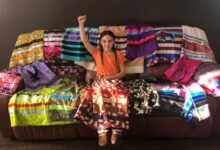
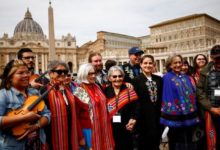
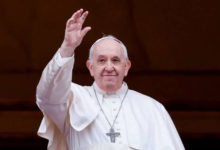
Redes Sociais - Comentários